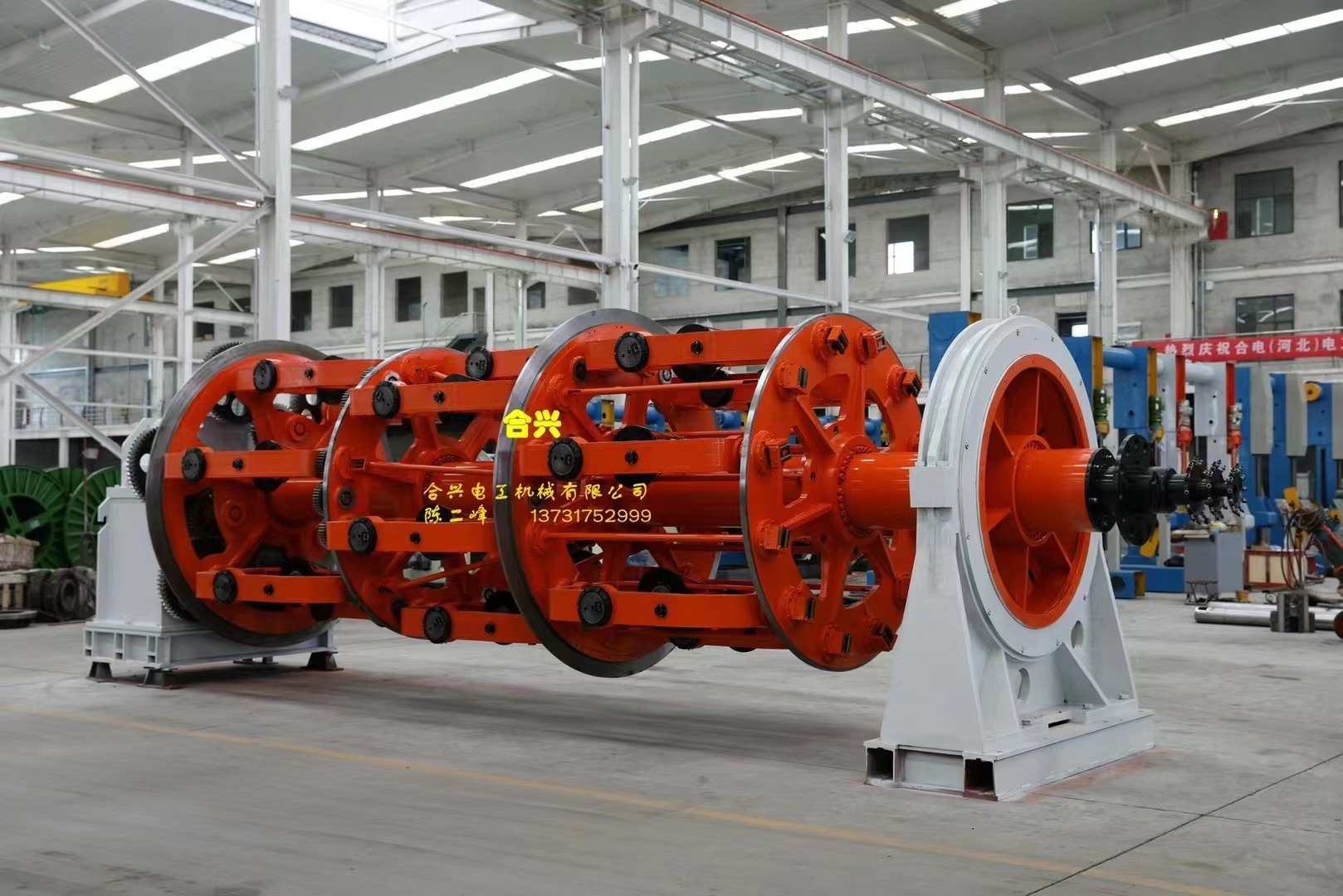Understanding Wire and Cable Machinery: A Comprehensive Overview for Industry Professionals
Release time:
2025-06-11
Wire and cable machinery plays a crucial role in the production of various electrical and electronic products. This sector encompasses a wide range of equipment designed specifically for the manufacturing of wires and cables, which are integral to nearly all electrical devices and systems. At its core, wire and cable machinery is responsible for several key processes, including drawing, stranding,

At its core, wire and cable machinery is responsible for several key processes, including drawing, stranding, insulating, and sheathing. Drawing machines reduce the diameter of metal wires by pulling them through a series of dies. This process not only enhances the conductivity of the wire but also ensures that it meets the required specifications for strength and flexibility.
Stranding machines then take multiple wires and twist them together to form a stranded conductor. This configuration is essential for improving the flexibility and durability of cables, making them suitable for various applications, from power transmission to telecommunications. The precision of stranding machinery is critical, as any inconsistencies can lead to performance issues in the final product.
Insulation is another vital step in the production of wires and cables. Insulation machinery applies various materials, such as PVC or polyethylene, to encase the conductors, preventing electrical shorts and protecting against environmental factors. The efficiency and quality of insulation processes are paramount, as they directly impact the safety and longevity of the cabling.
Sheathing machinery further protects the insulated conductors by adding an outer layer, which is designed to withstand mechanical stress and environmental conditions. The choice of sheathing material and the application technique can vary significantly based on the intended use of the cables, highlighting the importance of advanced machinery in meeting diverse requirements.
Recent advancements in wire and cable machinery have introduced automation and smart technologies, enhancing overall production efficiency. Industry 4.0 technologies, including IoT and AI, enable real-time monitoring and predictive maintenance of machinery, reducing downtime and ensuring consistent quality in production.
Furthermore, sustainability is becoming a focal point within the wire and cable manufacturing industry. Many manufacturers are now investing in machinery that minimizes waste and energy consumption, aligning with global efforts to promote environmentally friendly practices.
In conclusion, wire and cable machinery is an essential component of the electrical and electronic manufacturing sector. Understanding the intricacies of these machines and their roles in production can significantly benefit professionals in the industry. By staying updated on the latest technologies and practices, manufacturers can enhance their operations, ensuring they meet the evolving demands of the market.
TAG:
Recommend News
HEXING CABLE MACHINERY
TEL: +86-317-3601666, +86-317-3236119
FAX: +86-317-3618408
E-MAIL: china@hbhxdg.cn
E-MAIL: hbhxdg@gmail.com
WEB: http://www.hbhxdg.cn
ADD: Baoantun Industrial Zone, Hejian City, Hebei Province

